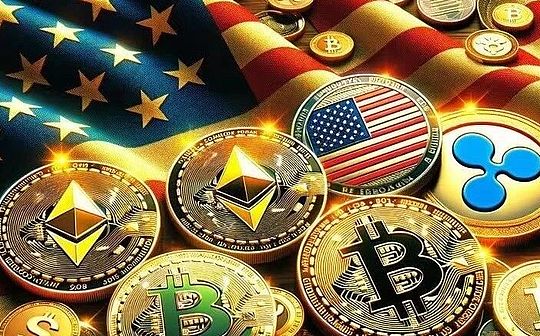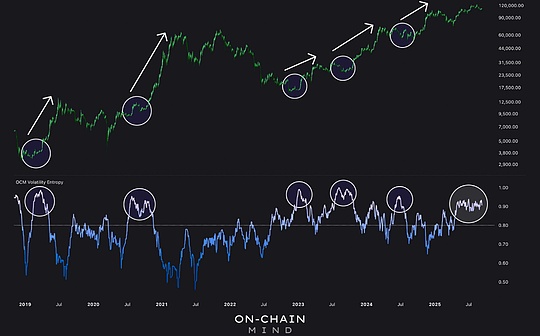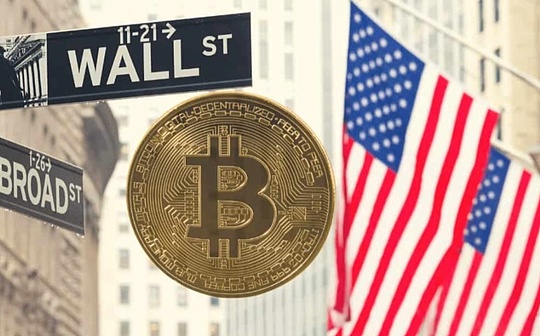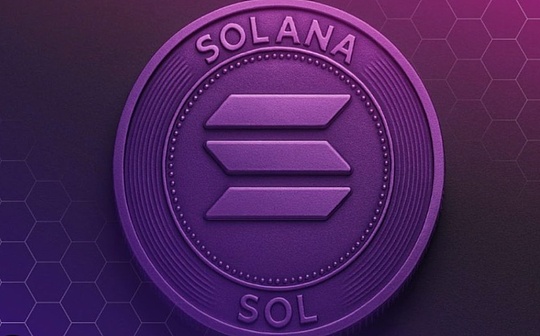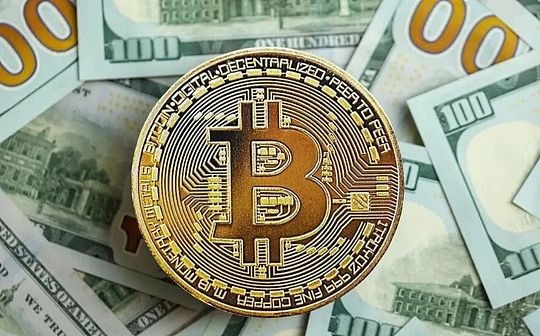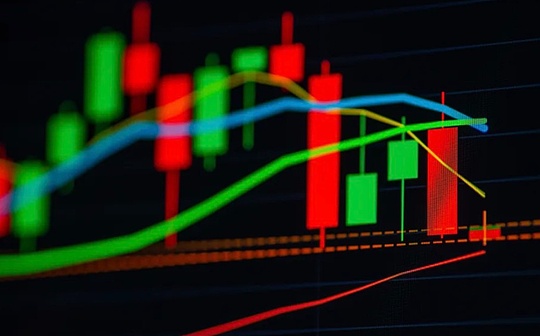
Jessy, bitchain vision
On July 3, Eastern Time, the US macro-level positive news continued, and the House of Representatives passed the “Big and American” bill; non-farm data exceeded expectations, and the unemployment rate in June unexpectedly dropped to 4.1%; and a number of economic data performed well, such as the US ISM non-manufacturing PMI in June, 50.8, higher than the expected 50.5, with the previous value of 49.9.The United States’ June ISM Non-Manufacturing New Order Index was 51.3, which was also higher than the expected 48.2, with the previous value of 46.4.In addition, U.S. industrial product orders increased by 8.2% month-on-month in May, the largest increase since 2014; U.S. factory orders deducted from defense in May were 7.5%, significantly higher than the previous value -4.2%.
Stimulated by the above macro-level positive news, the three major stock indexes opened higher and closed higher at the close.Bitcoin has also reached 110,000 again.The voices of “Niu Hui” and “strike 200,000 by the end of the year” have reappeared.Is the big water really coming?Can crypto assets catch this wealth that is so stormy?
U.S. economy recovers strongly, expectations of interest rate cuts temporarily cool down
This year, there are generally bets that the Fed will initiate a rate cut in July or September, but the latest series of economic data shows that the US economy is still resilient and seems to have not entered the stage of “reducing”.
In June, 147,000 new jobs were created, higher than the market expectations of 110,000, indicating that corporate recruitment is still active.The unemployment rate fell from 4.2% to 4.1%, although it was a moderate decline, it also implies that the labor market has not yet weakened.In particular, the sharp jump in industrial product orders and new order indexes shows that the US manufacturing industry is also recovering.At the same time, expectations of fiscal stimulus are also increasing. With the advancement of the stablecoin bill and the “big and American” tax plan, it is possible to release liquidity on the fiscal side.
Moreover, although the current long-term inflation expectations in the United States are still anchored at the 2% level, the Federal Reserve believes that there is still a high degree of uncertainty in policies such as trade, and tariff policies may push up the prices of imported goods. Its “second round of effects” may extend price pressure and intensify short-term inflation.
The Fed’s concerns about short-term inflation and the manifestation of economic resilience have all lowered expectations for a rate cut in July.But interest rate cuts in September are still a high probability event.First, Trump repeatedly put pressure on the Federal Reserve. Trump repeatedly emphasized that high interest rates have led to excessive interest burden on US Treasury bonds, saying that “every 1% higher interest rate, the federal government pays an annual interest rate of $200 billion”, and demands a rate cut to 1%-2% to save fiscal expenditure.He also claimed that if interest rate cuts are not cut nine months ago, it will push Congress to legislation to weaken the Fed’s decision-making power.It is also under Trump’s pressure that the market still has high expectations for a rate cut in September. According to CME’s “Federal Observation”, the probability that the Fed will keep interest rates unchanged in September is only 4.9%.
Although the non-farm employment data in June exceeded expectations, government jobs surged abnormally in June, accounting for nearly half of the new jobs, which was inconsistent with Trump’s policy of “simplifying the government” and was questioned for artificially beautifying the data.If the employment data are not actually so strong, the pressure on the economy may be greater than the surface, which will also increase the possibility of the Federal Reserve’s interest rate cut in September.
Moreover, Federal Reserve Chairman Powell changed his words on July 1, saying that “if it was not for the tariff policy, interest rates should have been cut.” In addition, Treasury Secretary Becent also said that “if interest rates are not cut in July, the extent of September may be even greater.”All of the above are regarded by the market as the Federal Reserve’s “breathing” for the interest rate cut in September.
The probability of interest rate cuts in July is small, but the rate cut in September is still a high probability event. For the Bitcoin and crypto markets, there will be no radical liquidity release in the short term, but in the interest rate cut cycle, the rhythm of the bull market has not been disrupted.
Will Bitcoin hit 200,000 by the end of the year?
In the current bull market rhythm, the Nasdaq has already reached a new high.Bitcoin fluctuates at the mark of around 110,000. Will Bitcoin really reach 200,000 at the end of the year as everyone expected?
Bitcoin is indeed no longer a game for retail investors, and institutions have become the dominant player in this bull market. According to Bitcoin Treasuries statistics, as of July 4, 2025, a total of 255 entities held Bitcoin, with a holding of approximately 3.562 million Bitcoins, equivalent to 16.96% of the total 21 million circulation.
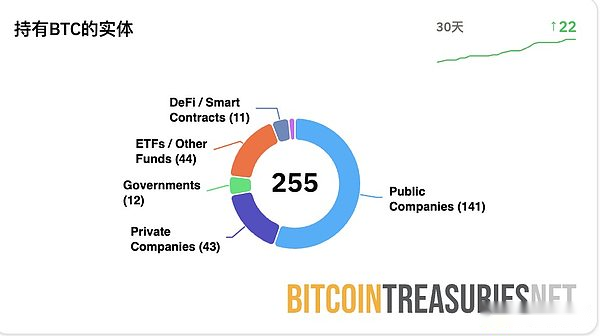
In terms of Bitcoin spot ETFs, as of the end of June, the total holdings of 11 US spot bitcoin ETFs had exceeded 1.2 million BTC, accounting for about 6% of the global supply, and Bitcoins on the exchanges were becoming increasingly scarce.CryptoQuant data shows that Bitcoin reserves on all centralized exchanges have dropped to just 2.44 million in early July — the lowest level since 2018, suggesting that more investors choose to hold for a long time rather than sell in circulation.ETF inflows and institutions regard Bitcoin as digital gold.There is also a saying that Bitcoin will replicate the rise path of gold after passing through spot ETFs.
Judging from the technical figure, Bitcoin has tested support many times in the 105,000 area and received buying support, and both the daily and weekly lines are in an upward channel.If the pressure level of 118,000 to 120,000 can be exceeded, the next target will be aimed at the 135,000 to 150,000 areas.
From this we can see that the channel for Bitcoin’s continuous rise has been opened. Of course, we must also be wary of geopolitical conflicts or black swans at the macro level.
As everyone’s expectations for Bitcoin’s rise continue to rise, is the “copy season” coming?
The author believes that there will be some independent counterfeit markets, but the general increase is difficult to replicate.Nowadays, the U.S. stock market is now becoming a craze, and major exchanges are scrambling to launch related RWA products. For example, XStocks has now logged into many exchanges such as Bybit, Bitget, Kraken, Gate and other exchanges and Solana chain DeFi products.
There are endless new things to grab funds and pay attention to with altcoins. Most altcoins will probably have no way to turn around in this bull market.
In other words, it is difficult for a crazy cow to reproduce.This bull market is more like a bull caused by the slow release of liquidity and the continuous establishment of institutions.Overall, Bitcoin’s return to $110,000 is the result of the superposition of multiple positive factors, and the pace of this round of market may be slower and more differentiated.For investors, to make money in this cycle, they also need to have a relatively strong judgment on the macro trend.


